Incilius valliceps
—
Central American Gulf Coast Toad
Also known as:
Southern Gulf Coast Toad, Gulf Coast Toad
The genus Incilius was split from Bufo by Frost et al in 2006. This split is particularly controversial among herpetologists, and many references still use the long-established Bufo. Also, Ollotis was used by some references between 2006 and 2009.
In addition, the species formerly known as B. valliceps was split by Mulcahy and Mendelson in 2000, but the one I saw in Belize would still count as I. valliceps.

As we watched the British Army fail to fix our dead bus, this toad hopped by to console us, or perhaps just to laugh at us.
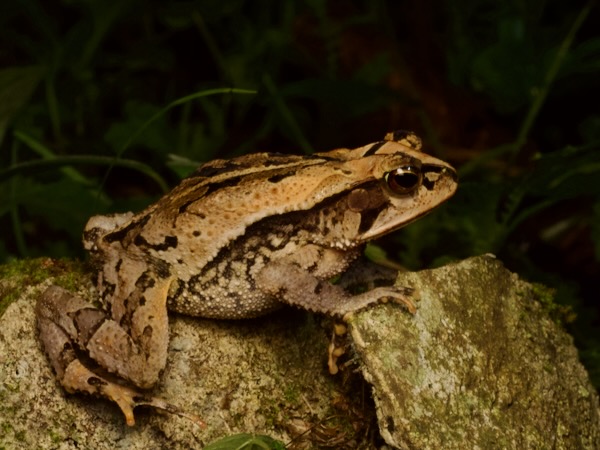
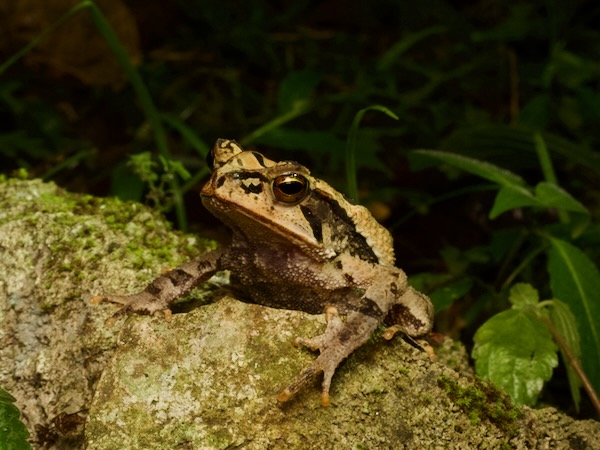
The quality of both my camera and, dare I say it, my photography skills has increased significantly since 1998.
Here is a list of all the reptiles and frogs I saw on this trip to Guatemala.
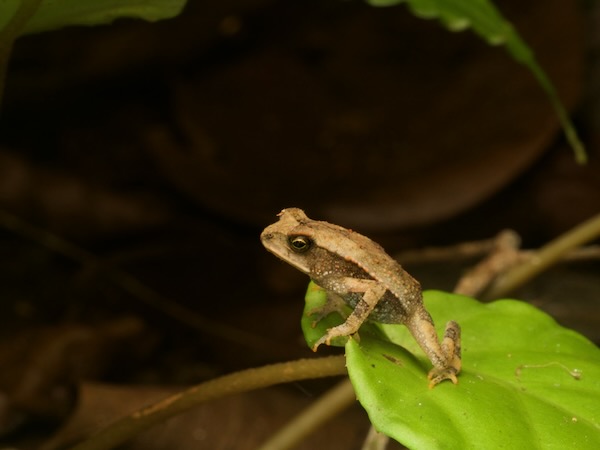
This one's a cute li'l baby toad, yet to develop some of the more distinctive markings. It still has enough prominent ridges to be identified as Incilius. It is possibly the very similar Incilius campbelli rather than Incilius valliceps, but I'm guessing it's the more common and widespread species.

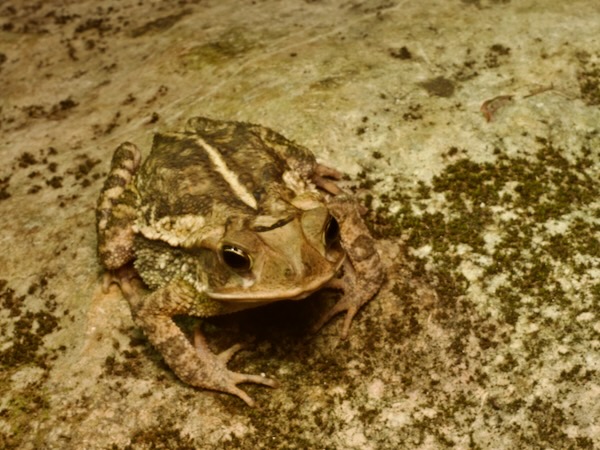
This one is also in the range of both I. valliceps and I. campbelli. My understanding is that I. campbelli has smoother dorsal skin and less-pronounced cranial crests, so I think this is I. valliceps.
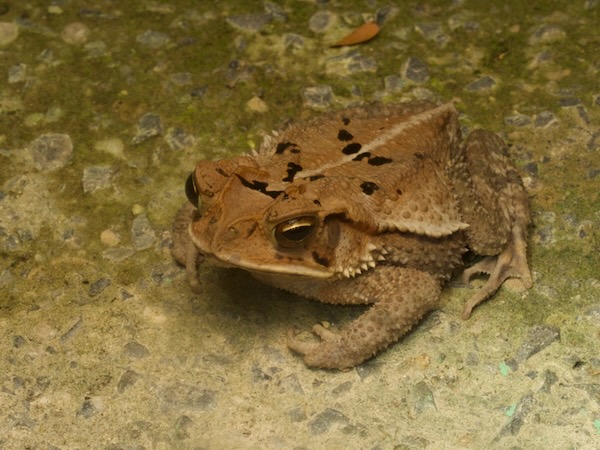
This one's cranial crests are even more pronounced than the previous one, so it seems even more likely to be I. valliceps.
Online references:
- Incilius valliceps account on AmphibiaWeb
- Incilius valliceps account on Amphibian Species of the World
Printed references:
- Behler, J. L., King, F. W. 1979. The Audubon Society Field Guide to North American Reptiles & Amphibians
- Campbell, J. A. 1998. Amphibians and Reptiles of Northern Guatemala, the Yucatán, and Belize
- Conant, R., Collins, J. T. 1998. Peterson Field Guide to Reptiles and Amphibians of Eastern and Central North America, Third Edition, expanded
- Crother, B. I. (ed.) 2017. Scientific and Standard English Names of Amphibians and Reptiles of North America North of Mexico, with Comments Regarding Confidence in Our Understanding, Eighth Edition
- Lee, J. C. 1996. The Amphibians and Reptiles of the Yucatán Peninsula
- Lee, J. C. 2000. A Field Guide to the Amphibians and Reptiles of the Maya World: The Lowlands of Mexico, Northern Guatemala, and Belize
- Meyer, J. R., Foster, C. F. 1996. A Guide to the Frogs and Toads of Belize